Prologue
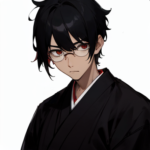 JP
JPLast time, we talked about the types of missions that ninjas performed.
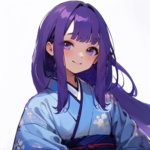


They were different from the ninjas that we imagine in entertainment, such as disguising themselves as merchants or infiltrating as maids.



That’s right.
This time, we will talk about the ninja organizations that were active in the Sengoku period.



I’m looking forward to learning what kind of organizations they were.



Let’s get started.
Ninja organizations that operated in the darkness of the Sengoku period
In the Sengoku period, there were many ninja organizations that were either autonomous regions or under the control of Sengoku daimyo.
This time, we will introduce some of the most famous ones.
Iga and Koga
Iga and Koga are famous as ninja villages.
Such a description can be seen in the geography book of the Edo period, “Omikochi Shiryaku.”
“Sinobinomono, Iga Koga and call themselves ninja.”
The representative ninjas have been people from Iga and Koga.
Iga was a federation of lords who were completely independent, and Koga was under the umbrella of a daimyo named Rokkaku, but they were allowed to govern their own territory, and they were like semi-independent.
Iga ninja did not serve a specific lord, but they ran a ninja mercenary business where they dispatched ninja to various daimyo who requested them.
Koga ninja had the characteristic of serving specific people, such as Rokkaku or Oda after Rokkaku fell.
There were prominent ninja families in Iga ninja, such as Hattori, Momochi, and Fujibayashi.
The strength of Iga ninja’s guerrilla warfare is known for defeating Oda’s army in the Tensho Iga War.
In entertainment, Iga and Koga are often portrayed as rivals of fate.
However, in reality, they were not so hostile to each other, and they sometimes cooperated against external enemies.
Fuma
The ninja group that the Hojo family had was Fuma.
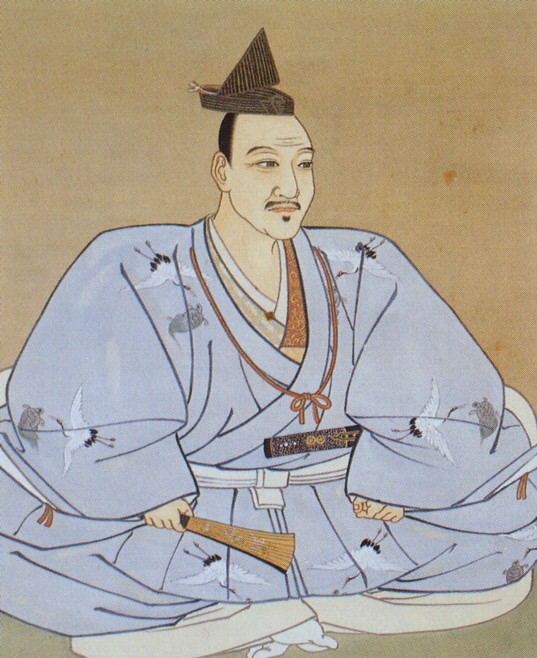

Fuma was originally called Kazama, but it seems to have changed to Fuma at some point.
The leader of Fuma was called Fuma Kotaro, which was a hereditary name passed down from generation to generation.
In the Kanto region, ninja are called Suppa.
They were active in espionage and sabotage for the Hojo family as the Hojo family’s ninja group.
Kurozukin-gumi
The ninja group that the Date family had was Kurozukin-gumi.
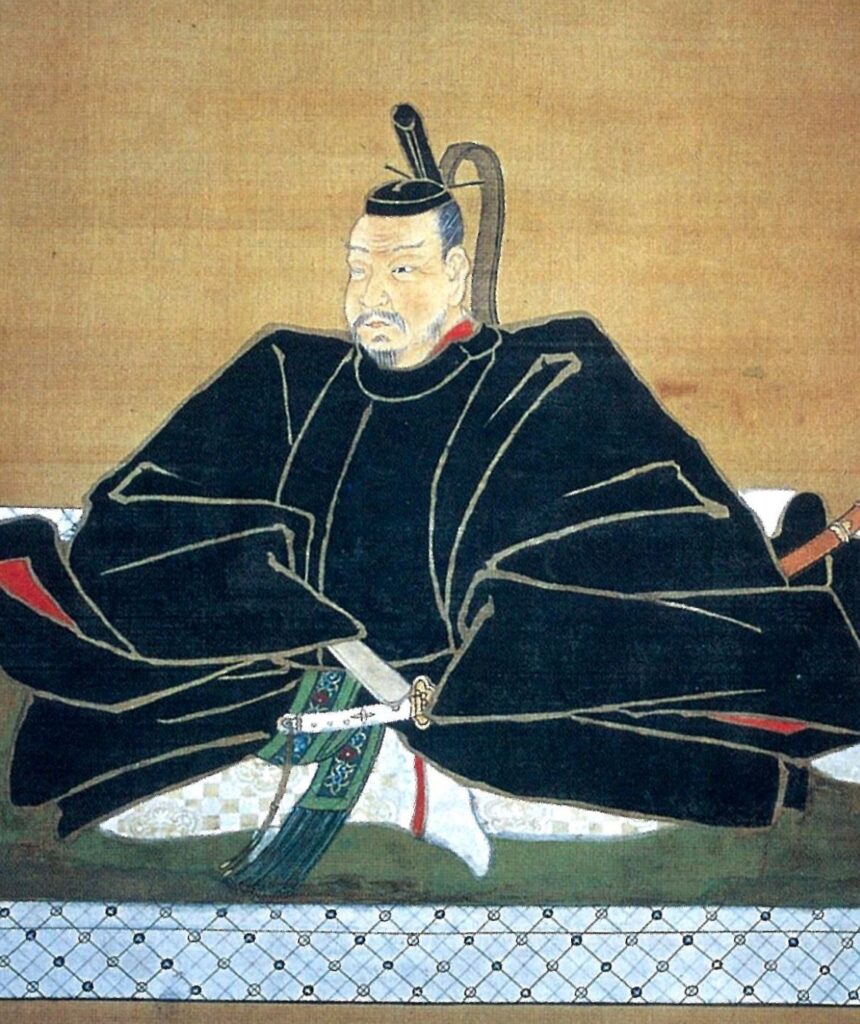

They were called Kurozukin (black hood) because they all wore black hoods.
Some of them were of peasant origin.
As ninjas, they carried out missions such as collecting information, and during the march they used hoes and hatchets to pave the way for the army.
They also worked like engineers.
Nokizaru
The ninja group that the Uesugi family had was Nokizaru.
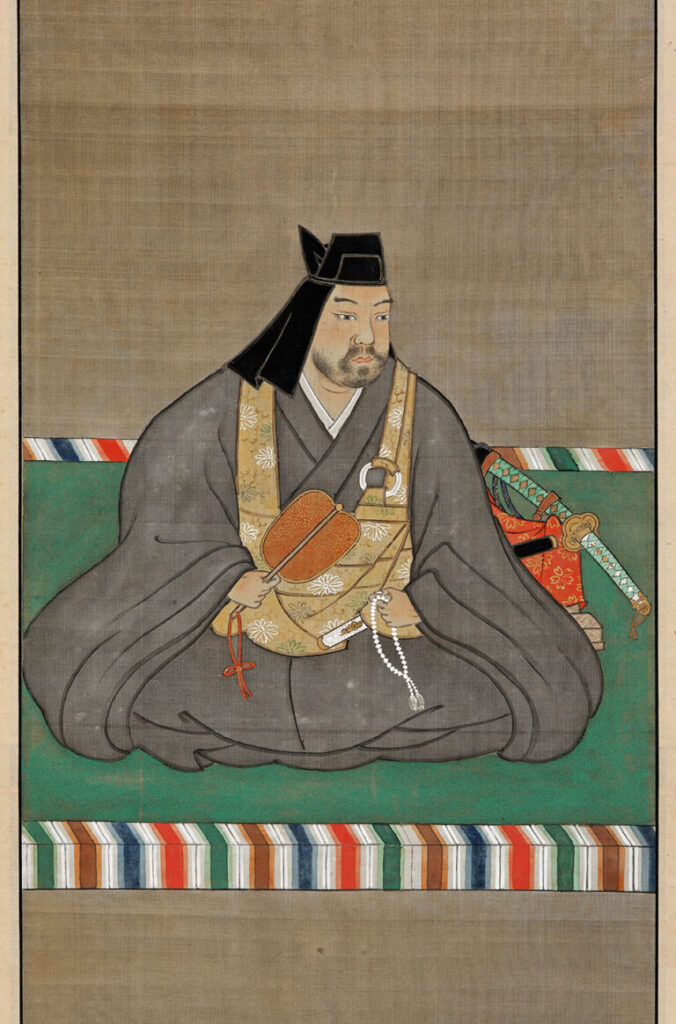

Regardless of the reality, there is a famous ninja named Kato Danzo.
He was favored by Uesugi Kenshin, but he eventually fled.
He became a servant of Takeda, who was hostile to him, but he could not gain trust here either and was eventually killed.
Aruki Miko
The ninja group that the Takeda family had was Aruki Miko.
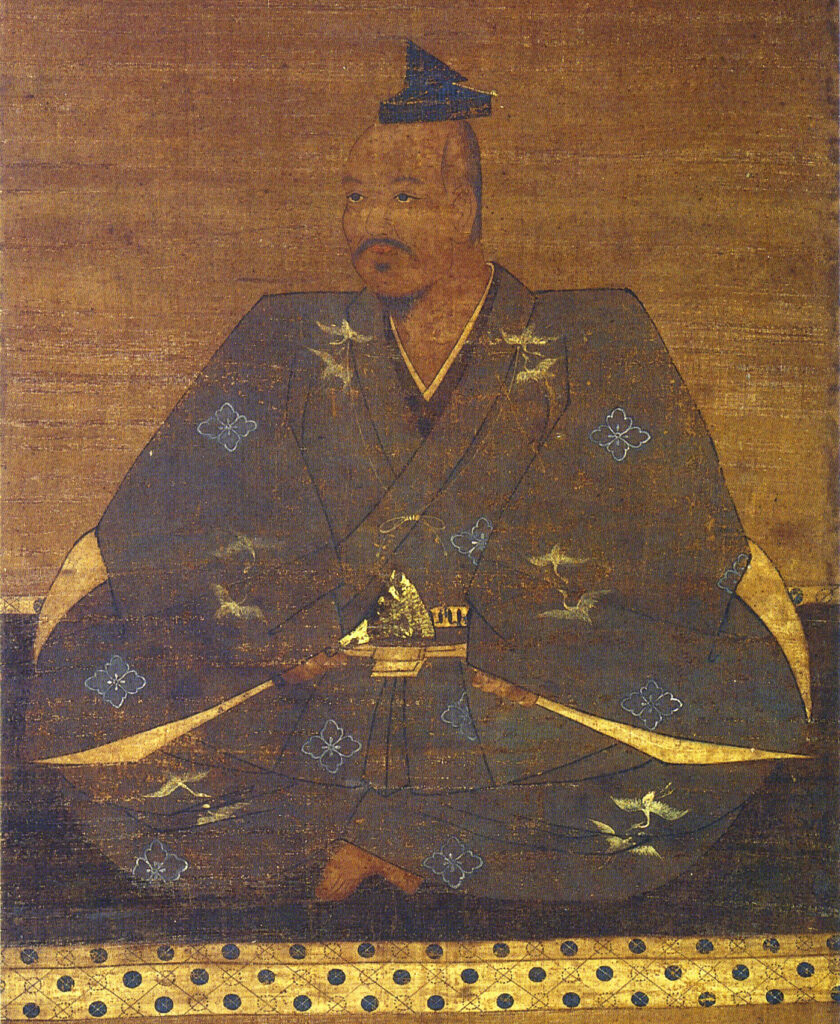

There is a legend that they traveled around various regions and collected information from various places and reported it to Takeda.
In fact, the reality is uncertain, but as I wrote in the previous article, disguising as monks or miko and other religious people was a pretty common method at that time.
This is because there was a value system at that time that religious people had nothing to do with the secular world and they could easily pass through checkpoints and so on.
The head of the Takeda family, Takeda Shingen, had a deep relationship with a very authoritative shrine in Suwa, and he himself had also become a monk, so I think he used monks and miko for information gathering.


Seki Ichizoku and Zato-shu
The ninja group that served the Mori family was Seki Ichizoku and Zato-shu.
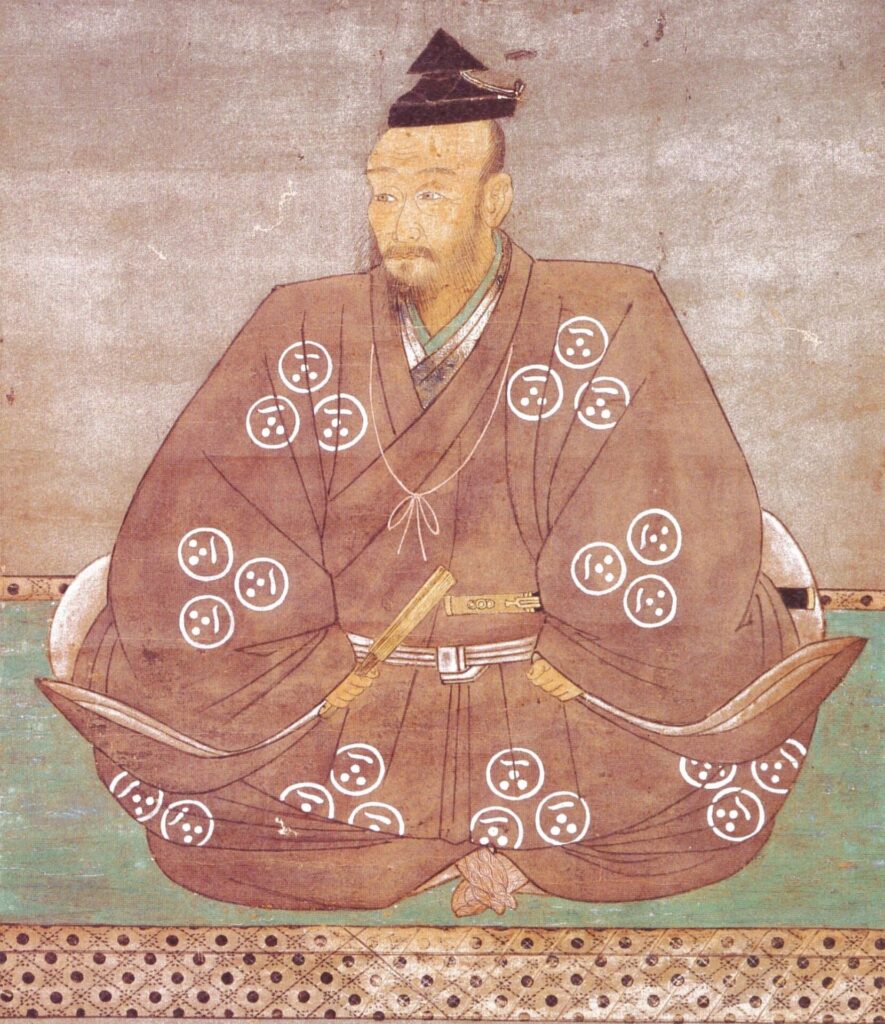

Seki Ichizoku consisted of 25 people and were hired under the name of Seki-ke Girenshu.
Zato-shu means blind people, and they are biwa-hoshi.
Biwa-hoshi are monks or entertainers who look like monks who tell stories while playing a musical instrument called biwa.
Many of them were blind.
They collected information from the surrounding regions and helped Mori Motonari’s plots.
By using them, the Mori family grew into the largest daimyo in the Chugoku region.
Epilogue



This time, we talked about the ninja organizations that were active in the Sengoku period.



Iga and Koga, Fuma and Aruki Miko. There were various ninja organizations in various places.



In the Sengoku period, where warlords competed for power, the ability of ninjas was very valuable.
As a result, more and more large daimyo had their own ninja organizations.



What will be the next topic?



Next time, we will talk about ninjutsu, which is the first thing that comes to mind when you think of ninjas.



Ninjas are all about ninjutsu!



I hope you are looking forward to it.



See you next time.
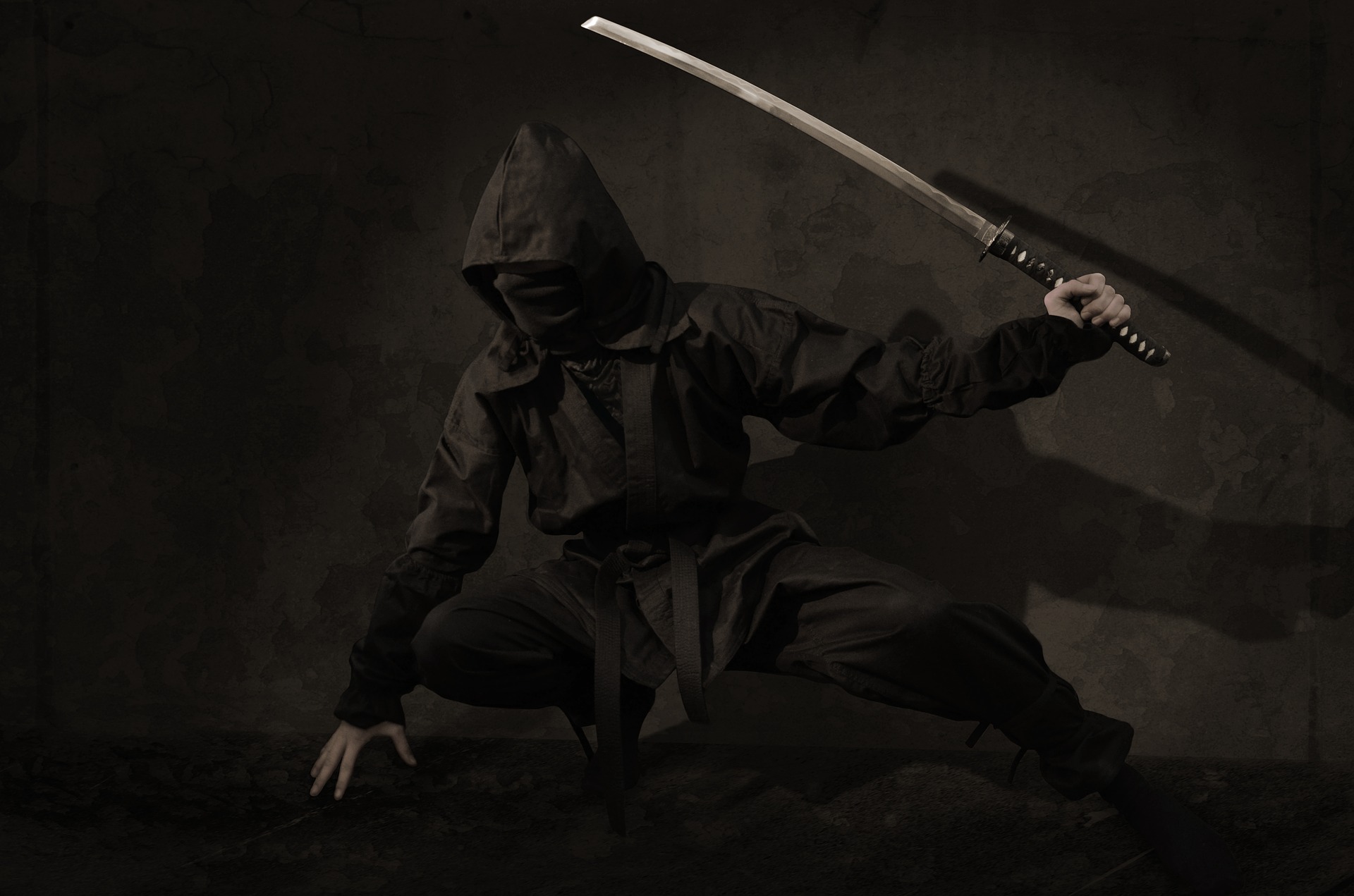
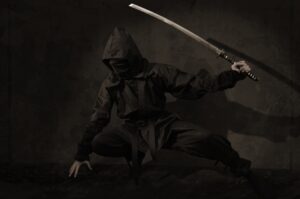
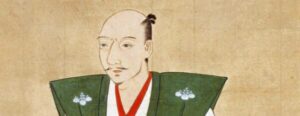
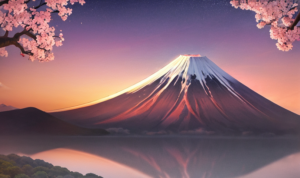
コメント